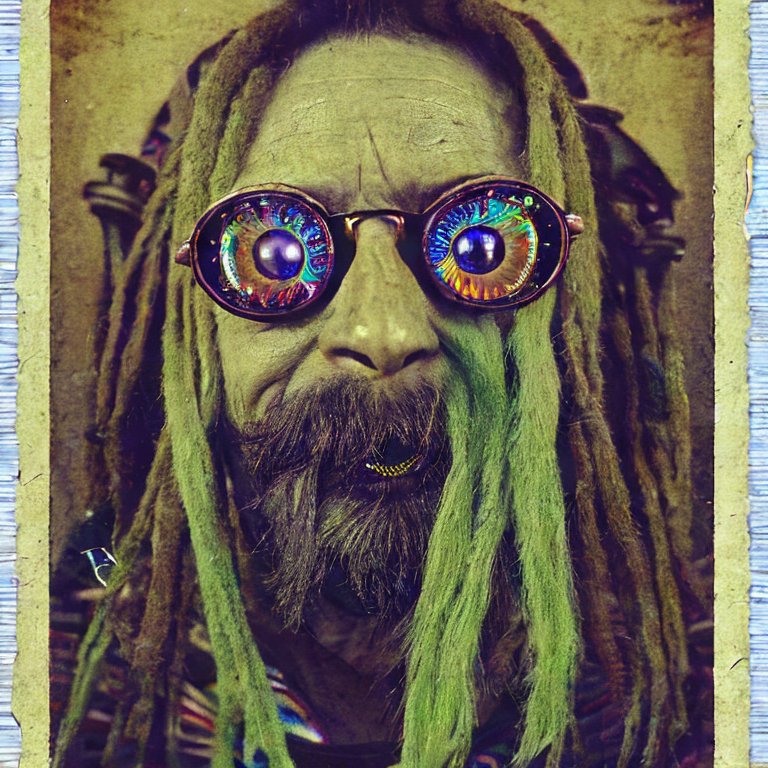

Primarily the audience. The artist can approach a project with a certain set of ideas, precepts, and motivations, and attempt to communicate something, but the interpretations of the audience supercede that IMO.
That said, different levels of engagement inform different interpretations. For instance, there’re folks who watched Starship Troopers that didn’t understand it was satire until they listened to the director’s commentary. Knowing this does impact an audience’s interpretation when engaging with the work - all of a sudden, certain things lend themselves to closer consideration. But the audience still brings their own experiences, sociocultural context, and ideas to a work of art. Over time, it is the audience’s interpretations that carry on as people share that experience.
Ideally, a work stands on its own without reference to paratext/the creator’s claims. But those can play a part in informing your own interpretation.




Worst I hurt myself: Older, much larger cousin broke my leg by landing on it in a bouncy castle.
Injury that pissed me off the most: At 13, I loved jiujitsu and rock climbing above all else. At my last jiujitsu class before going to California to, among other things, go bouldering in Joshua Tree, I sliced my heel badly on the metal bottom of the dojo door that had about an inch and a half of clearance from the floor.
Shoes in general, let alone those super-tight climbing shoes, were out of the question for two weeks. I’m still mad. Of all the ways I could’ve got hurt, it was the fucking door on the way out that took me down.